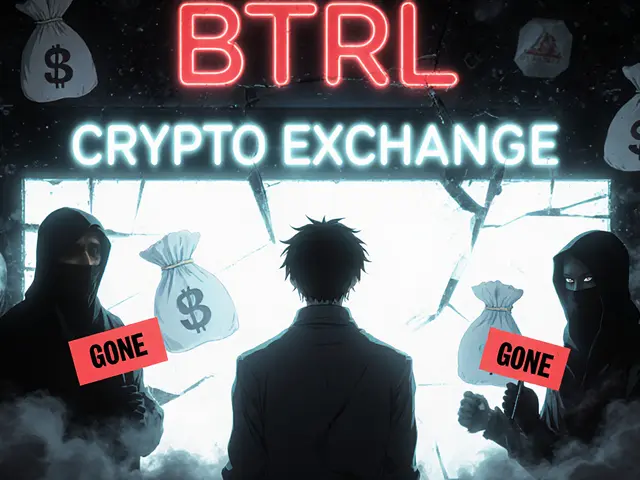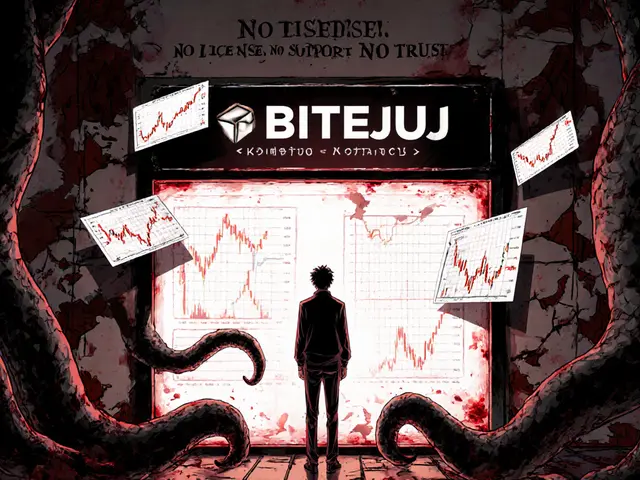Tokenomics
When you dive into Tokenomics the study of a cryptocurrency’s supply, distribution, and utility design, you quickly see how it connects to airdrop a token giveaway used to spark interest and reward early adopters, utility token a token that grants access to services, voting rights, or incentives within a platform, and token supply the total amount of tokens that can exist, whether fixed, inflationary, or deflationary. These pieces form the backbone of any token’s economic model and dictate how value is created, shared, and sustained over time.
Key Elements of Tokenomics
The token supply defines the ceiling or schedule for how many tokens will ever be minted. A capped supply (like Bitcoin’s 21 million) can create scarcity, while an inflationary model fuels ecosystem growth by rewarding participants. Understanding the supply curve helps you gauge price pressure, inflation rates, and long‑term sustainability. Many projects publish a supply roadmap that outlines initial circulation, vested allocations, and future releases, letting investors predict dilution risks before they buy.
Airdrops are more than free coins; they’re a strategic distribution method. By allocating a portion of the total supply to a broad audience, projects boost network effects, gather user data, and generate buzz. Successful airdrops balance fairness with anti‑spam measures, often tying eligibility to wallet activity, staking, or community engagement. The tokenomics behind an airdrop must account for vesting periods, lock‑ups, and the impact on market liquidity to avoid sudden price crashes once the tokens hit exchanges.
Utility tokens sit at the heart of platform functionality. Their value stems from the services they unlock—whether it’s paying transaction fees, accessing premium features, or voting on governance proposals. A well‑designed tokenomic model aligns incentives: users earn tokens for contributing value, and those tokens become essential for using the product. This creates a self‑reinforcing loop where demand for the token rises as the platform grows, driving organic price appreciation.
All three pillars—supply, airdrop strategy, and utility—interact in a delicate dance. For example, a limited supply can magnify the effect of a well‑timed airdrop, while a robust utility ensures that tokens stay in circulation rather than being hoarded. Understanding these relationships lets you assess whether a project’s tokenomics are sound or just hype. Below you’ll find detailed guides covering specific airdrops, deep dives into token mechanics, and practical tips for evaluating token supply models.
Ready to see these concepts in action? Our curated collection below breaks down real‑world tokenomics cases, from the Midnight (NIGHT) Glacier Drop to the utility design of Hera Finance’s HERA token. tokenomics insights await, so you can spot strong projects, avoid pitfalls, and make smarter decisions in the fast‑moving crypto space.
A detailed Blackhole exchange review covering its CLMM model, ve(3,3) tokenomics, performance metrics, user experience, and comparison with other Avalanche DEXs.
Read More





